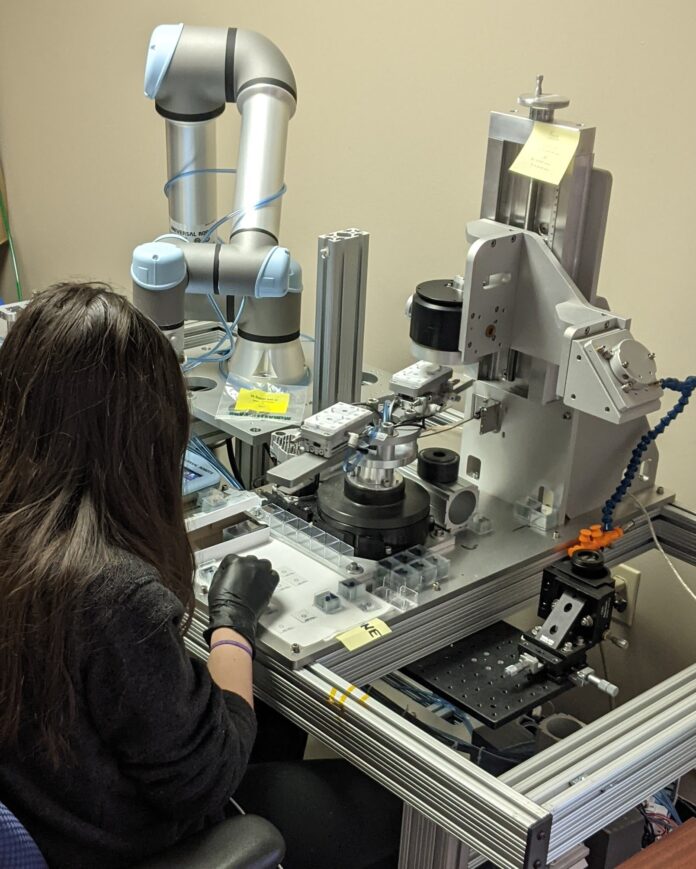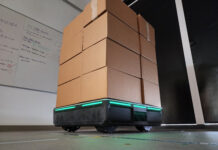As the established high-tech sector continues to experience an increasingly aging workforce, it begs the question, where are the Millennials and Gen Zs to fill these jobs especially in light of the fact that the majority of this aging workforce is actually nearing retirement? In fact, an alarming labor shortage has been emerging for a number of years, exacerbated by the global shutdown endured as a consequence of the COVID pandemic. The knock-on effects are now impacting both ends of the corporate spectrum, from the smallest startups to well established, household names. Independent of their size, is the very real threat to operation and efficiency should the skills shortage not be addressed.
An infusion of young talent is one solution but where will they come from given an educational back drop that inculcates a message that seemingly points to white collar jobs being the only way to success? What is lamentable, in my view, is that should Gen Z even be successfully encouraged to enter the sector, your corporation probably can’t afford the time to recruit and bring them up to speed, requiring, as is typical, five to ten years to train them.
Maybe a different strategy is necessary, one that embraces augmenting the labor force with collaborative robots (or, for short, “cobots”) those game-changing pieces of equipment that appeared in 2016 and have gained greater prominence since. There is a compelling argument that leveraging the predominant skills of both the Millennial and Gen Z labor force in combination with the flexibility automation and robotics will increase your production capacity whether the cobots engage in direct human robot interaction or share within a space.
Cobots have previously demonstrated the potential of multiplying capacity within the machining and fabrication industries. They allow toolmakers and machinists to focus on high level skills and tasks while these types of robots can also handle the mundane, loading and unloading of parts. In many cases they transfer the finished objects to an automated inspection system. It is this sort of capability coupled with the affordability of new precision automated inspection and assembly technology that will drive capacity expansion while meeting the demands of ever-expanding QA/QC requirements for critical products such as medical devices, microelectronics, automotive and aerospace components.
The adoption of cobots is likely to be core to the industry focus when it comes to labor force training and development. Critical training programs for Millennial and Gen Z employees are likely to be established over time that take in automated and semi-automated loading, assembly, and inspection QA/QC tools. In her book, “The New-Collar Workforce: An Insider’s Guide to Making Impactful Changes to Manufacturing and Training,” Sarah Boisvert, emphasizes that both generations have the inherent digital skills needed to run automation, software, design in CAD, program sensors together with experience of data collection and analysis.
Targeted automation and specifically flexible automation should be considered a means to help bridge the workforce skills gap, permitting existing highly skilled employees to focus on the critical process operations and freeing them to simultaneously help train the new generation of employees within the company. To be competitive in the global marketplace, meet their growth targets and reduce manufacturing costs, it is clear industry needs to adopt a hybrid automation approach while local education ought to consider a redefinition of “blue collar” work as more akin to “new collar.”
Dovetailing production process bottlenecks and skills gap analysis with targeted capital equipment acquisition and workforce succession planning, I’ve arrived at a concept that I’m coining an automation-enhanced workforce strategy (AEWS). It is a concept I have via my company Bold Laser Automation based in Bedford, New Hampshire. AEWS starts with production process analysis, determining the best opportunities for you to make small incremental automation tooling asset additions within a production line or production cell.
The automation is strategically incorporated based on comparing and contrasting workforce needs or the skills gaps in conjunction with your current production process capacity. It also takes into account your ability to scale, underpinned, as this is, on your short-term and long-term goals and objectives.
Part of the approach involves alleviating those employees, identified as having vast experience and knowhow (aka critical staff), from the more mundane or repetitive tasks giving them the freedom to impact on their and the company’s overall productivity. For example, the addition of simple automated gauging or vision inspection platforms could see components placed onto a locating fixture for critical dimensions measurement, stored and analyzed while more sophisticated work is undertaken.
Within industry today, for example, skilled CNC operators on 5 Axis turning systems, producing tube based medical devices, continuously hit bottlenecks with downstream processes. These include the need for washing and drying prior to critical inspection that’s usually measured by hand causing further bottlenecks while always introducing the possibility of human error. With the installation of vision automation elements, product flow can be maintained while enhancing the productivity of the skilled employees or even obviate the need for skilled labor recruitment or retaining.
Perception is also an important aspect. The limited appeal of table hand product inspection, the soul-destroying nature of measuring widgets with a gauge day after day, for example, either results in a skilled laborer seeking alternative employment or prevents them accepting such work in the first place. Bringing automated inspection machinery into the mix completely changes the dynamic and enhances the prospects of an identifiable growth path.
Finally, why is this issue so important to startups as well as large manufacturing facilities? Well, according to the National Association of Manufacturers and a new study “the manufacturing skills gap in the U.S. could result in 2.1 million unfilled jobs by 2030.” As a direct consequence of these missing jobs, they project that the cost to U.S. manufacturers could total $1 trillion in 2030 alone. It is estimated that about 1.4 million U.S. manufacturing jobs were lost during the early days of the pandemic, hindering the manufacturing labor force by more than a decade and although the manufacturing industry did recoup >60% of jobs lost, it is still acutely suffering from an urgent skills shortage. Amongst the ongoing difficulties manufacturers say they are experiencing is the ability to attract and retain workers with so many manufacturing jobs remaining unfilled.
Something has to change. An automation-enhanced workforce might be the step-change that ushers in this new era in manufacturing.
About the Authors
This article was written by Dr John McAleese, President of McAleese Media, and Todd Lizotte the President, CEO, and Director of Business Development for Bold Laser Automation, Inc. For more information, visit www.boldlaserautomation.com.












































